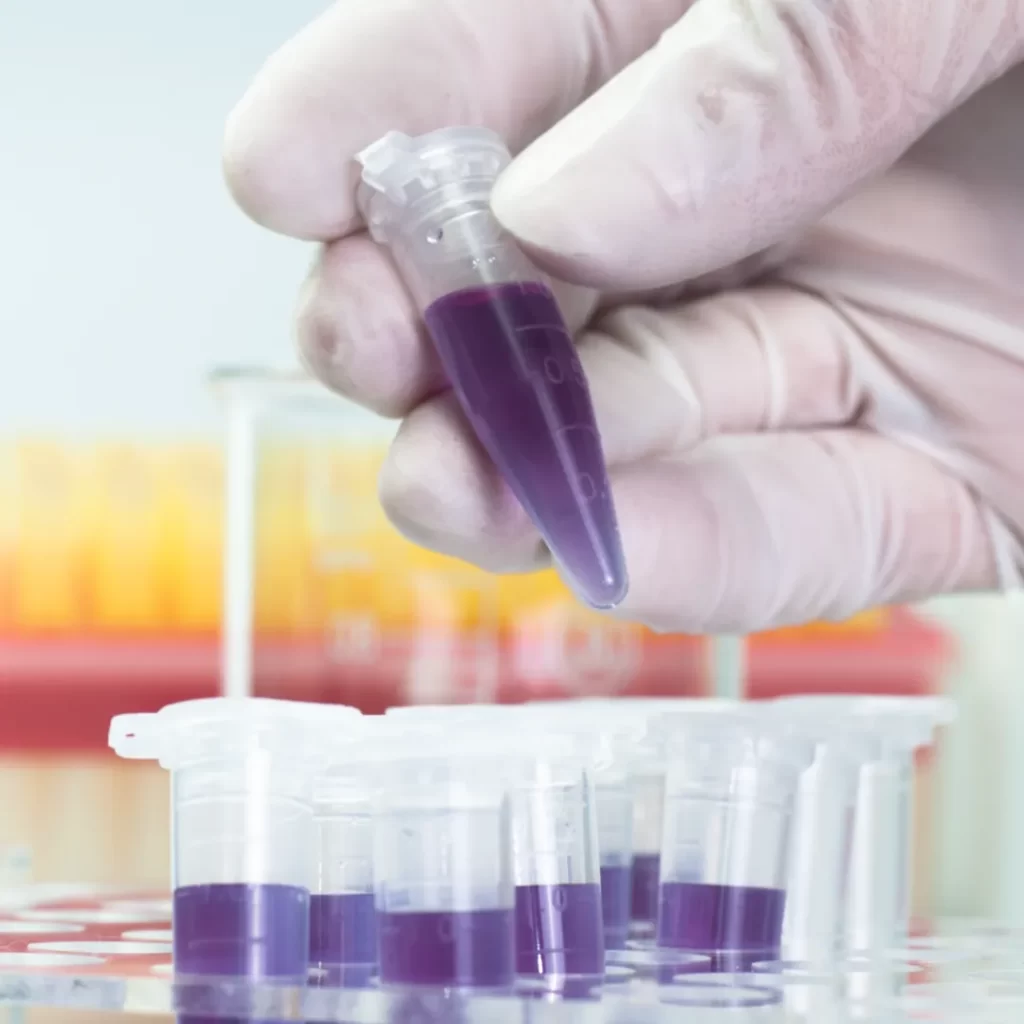この記事の概要
For men suffering from thinning hair, hair transplantation is currently one of the most effective solutions. However, with advances in genetic research, future treatments are expected to evolve even further, with new therapies using genetic approaches. This article details the relationship between hair transplantation and genetic research and explores future genetic treatments.
Current hair transplant treatments
There are two main methods of hair transplantation today :
FUE (Follicular Unit Extraction): A method in which follicular units are individually harvested and transplanted . This method is characterized by fewer scars and quicker recovery. This is the most common method.
FUT (Follicular Unit Transplantation): A method in which follicular units are harvested from a strip of skin and transplanted . This allows for a larger number of hairs to be transplanted at once , but may leave scars.
These methods are effective for many patients, but advances in genetic research may lead to the development of even more effective and radical treatments.
The relationship between genetic research and hair loss
Hair loss is known to be largely influenced by genetic factors. By advancing research into the genes related to hair loss , it will be possible to identify the underlying causes and develop more effective treatments.
Genetics and hair loss
AR gene: The androgen receptor (AR) gene is one of the major causes of male pattern baldness ( AGA ). Mutations in this gene increase the sensitivity of the hair follicle to the conversion of testosterone to dihydrotestosterone (DHT), resulting in hair loss .
EDA2R gene: This gene is also thought to be involved in AGA and may affect the hair follicle growth cycle.
Advances in genetic research
Advances in genetic research are helping to elucidate the root causes of hair loss and developing new treatments. Below, we will explain future treatments using genetic approaches.
Future Genetic Therapies

1. Gene editing technology (CRISPR)
CRISPR (Clustered Regularly Interspaced Short Palindromic Repeats) is a gene editing technology that can modify specific genes. By modifying genes related to hair loss , it is expected that a fundamental treatment will be possible.
Correcting the AR gene: By correcting the AR gene mutation and reducing sensitivity to DHT, the progression of AGA can be prevented.
Hair follicle regeneration: It modifies the genes that control the hair follicle growth cycle, promoting hair regrowth.
2. Gene Therapy
Gene therapy is a method of treating a disease by introducing specific genes into the body. Gene therapy for hair loss works by introducing genes that promote the growth of hair follicles.
Introduction of growth factors: Genes that code for growth factors that stimulate hair follicle growth are introduced to promote hair regrowth.
Use of gene vectors: Researchers are investigating the use of gene vectors (such as viruses) to efficiently deliver therapeutic genes to hair follicles.
3. Stem Cell Therapy

Stem cells are highly regenerative cells that are used to regenerate hair follicles. Stem cell therapy promotes hair follicle regeneration and promotes natural hair growth.
Hair follicle stem cells: Hair follicle stem cells are harvested, cultured, and then transplanted into the thinning areas to promote new hair growth. At Hiro Clinic, we use Gcell for treatment. Stem cells are extracted from the skin behind the ear and injected into the scalp.
4. Epigenetics
Epigenetics is the study of the mechanisms that regulate gene expression. By regulating gene expression, new treatments may be developed to slow the progression of hair loss .
DNA methylation: DNA methylation is a method of regulating gene expression. Regulating the methylation status of genes related to hair loss may promote hair growth.
Histone modification: Histone modification is also a mechanism for regulating gene expression. By regulating specific histone modifications, it is possible to control the growth cycle of hair follicles.
Issues and prospects for practical application
1. Ensuring safety
Gene therapy and gene editing technologies require advanced technology, and ensuring safety is a top priority. Clinical trials are required to confirm long-term safety before the treatment can be put into practical use.
2. Durability of effect
It is also important that the effects of the treatment last for a long time. Long-term studies are needed to ensure that the effects of gene and stem cell therapies are sustained.
3. Cost and Access
The high cost of treatment is a major barrier for many patients, and it is hoped that wider availability and reduced costs of treatment will make it more accessible to more people.
summary
Thanks to advances in hair transplantation and genetic research, the future of hair loss treatment is bright. New approaches such as gene editing, gene therapy, stem cell therapy, and epigenetics may offer more effective and lasting treatments.
If you are suffering from thinning hair , keep an eye on these latest technological developments and consider them as future treatment options. With the practical application of new treatments based on genetic research, you will be able to regain healthy hair and live with confidence. Please come and visit us at Hiro Clinic.








